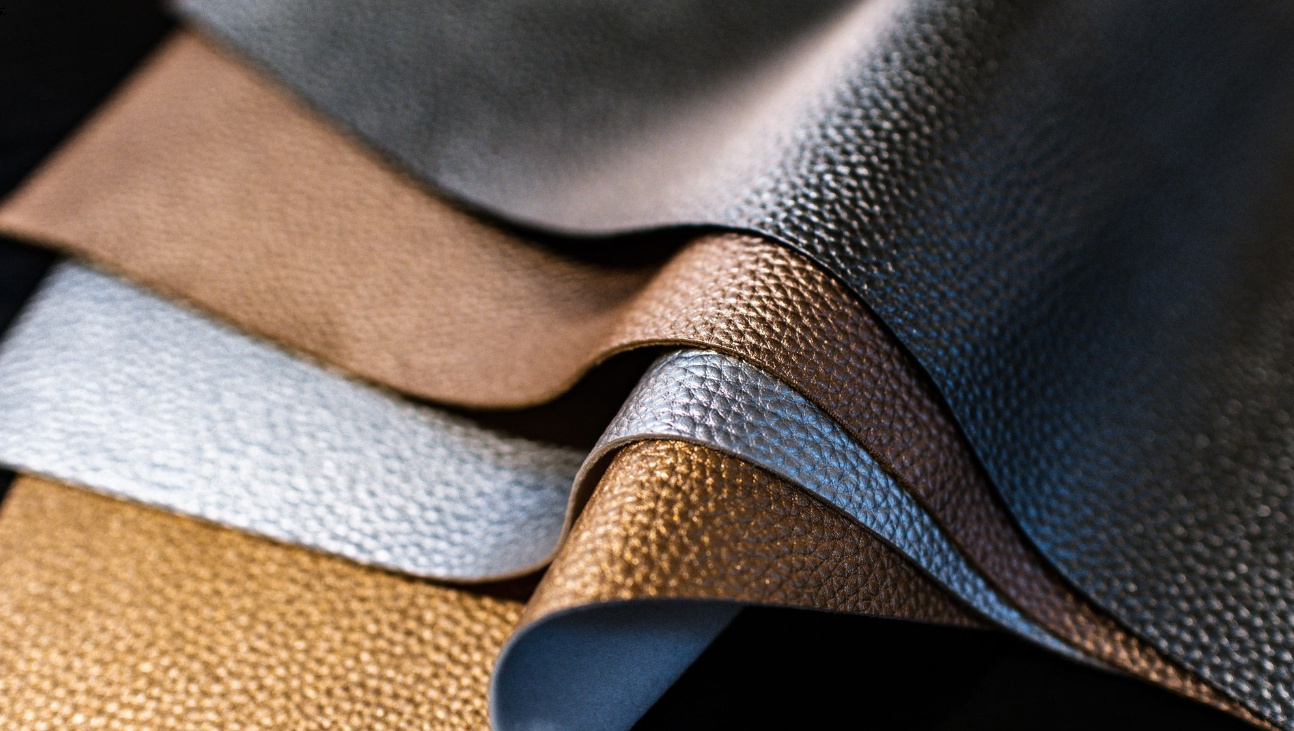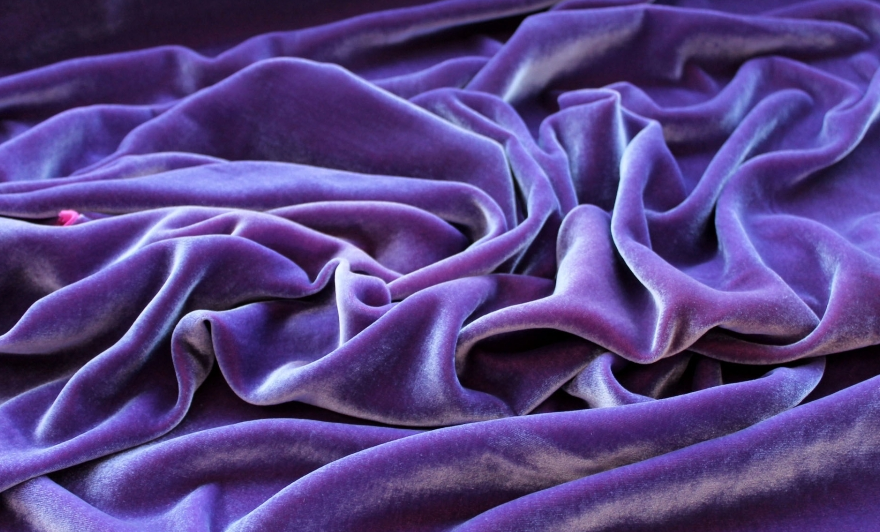Best Sofa Fabric Material
- Cotton
- Leather
- Linen
- Polyester
- Velvet
Cotton
Cotton is a soft, fluffy fiber that grows in a protective casing around the seeds of the cotton plant. It is one of the most widely used natural fibers in the world, known for its versatility and comfort. Cotton is used to make a wide range of products, including clothing, bedding, towels, and even medical supplies. It is highly absorbent and breathable, making it a popular choice for warm weather clothing. Cotton is also easy to care for and can be machine washed and dried without losing its shape or color. Overall, cotton is a durable and sustainable material that has been a staple in the textile industry for centuries.Pros
- Soft and comfortable to wear
- Natural and breathable fabric
- Durable and long-lasting
- Easily washable and low maintenance
Cons
- Cotton requires a lot of water to grow, which can contribute to water scarcity in certain regions.
- Cotton production often involves the use of pesticides and chemicals, which can harm the environment and human health.

Leather
Leather is a versatile and durable material that has been used for centuries in the production of clothing, accessories, and furniture. It is made from the tanned hides of animals, typically cows, sheep, and goats. Leather is known for its luxurious feel, rich texture, and distinctive smell. It is also highly resistant to wear and tear, making it a popular choice for items that need to withstand daily use. Leather can be dyed in a variety of colors and finishes, giving designers endless possibilities for creating unique and stylish pieces. Whether it’s a classic leather jacket, a sleek pair of leather boots, or a timeless leather sofa, this material adds a touch of sophistication and elegance to any wardrobe or home decor.Pros
- Timeless and stylish appearance
- Provides excellent protection from the elements
- Develops a unique patina over time
- Can be easily repaired and restored
Cons
- Leather production contributes to deforestation and greenhouse gas emissions.
- Leather products can be expensive and may not be cruelty-free.

Linen
Linen is a versatile and durable fabric that has been used for centuries for clothing, bedding, and household items. Made from the fibers of the flax plant, linen is known for its breathability and moisture-wicking properties, making it an ideal choice for warm weather clothing. Linen is also highly absorbent and quick-drying, making it a popular choice for towels and bedding. Additionally, linen is a sustainable and eco-friendly fabric, as flax plants require minimal water and pesticides to grow. With its natural texture and timeless appeal, linen continues to be a popular choice for those seeking a classic and elegant look.Pros
- Highly absorbent and moisture-wicking
- Resistant to bacteria and fungi growth
- Hypoallergenic and gentle on sensitive skin
- Environmentally friendly and biodegradable
Cons
- Linen wrinkles easily and requires ironing to maintain a crisp appearance.
- Linen can shrink when washed or dried improperly, leading to potential fit issues.

Polyester
Polyester is a synthetic fiber that is known for its durability, wrinkle resistance, and easy care. It is made from a combination of petroleum-based chemicals and water, which are heated and then extruded through a spinneret to create long, thin fibers. Polyester is commonly used in clothing, upholstery, and bedding due to its ability to retain its shape and color, as well as its resistance to shrinking and stretching. It is also a popular choice for outdoor gear and sportswear because of its moisture-wicking properties and quick-drying capabilities. While some people may find polyester to be less breathable than natural fibers like cotton or wool, advancements in technology have led to the development of more breathable and eco-friendly versions of polyester. Overall, polyester is a versatile and practical material that is widely used in a variety of products.Pros
- Resistant to wrinkles and shrinking
- Colorfast and fade-resistant
- Retains its shape and elasticity
- Affordable and budget-friendly option
Cons
- Polyester is not biodegradable and can contribute to environmental pollution.
- Polyester can be less breathable than natural fibers, leading to discomfort in hot weather.

Velvet
Velvet is a luxurious and elegant fabric that has been prized for centuries for its softness and rich texture. Made from silk, cotton, or synthetic fibers, velvet is characterized by its dense pile, which gives it a plush and velvety feel. Velvet is often used in high-end fashion and home decor, adding a touch of sophistication and glamour to any outfit or room. Its lustrous sheen and smooth finish make it a popular choice for evening wear, upholstery, and accessories. Velvet comes in a variety of colors and can be dyed or printed with intricate patterns, making it a versatile and timeless fabric that never goes out of style. Whether used for a formal gown, a cozy throw pillow, or a statement piece of furniture, velvet adds a touch of luxury and elegance to any space.Pros
- Luxurious and elegant texture
- Provides warmth and insulation
- Creates a rich and opulent look
- Enhances the overall aesthetic of any outfit
Cons
- Velvet can be difficult to clean and maintain
- Velvet can be easily damaged by moisture and sunlight

FAQs
What are the different properties and uses of cotton, leather, linen, polyester, and velvet in the textile industry?
- Cotton: Cotton is a natural fiber known for its softness, breathability, and durability. It is commonly used in making t-shirts, jeans, and bed linens.
- Leather: Leather is a durable and flexible material made from animal hides. It is often used in making jackets, shoes, and bags.
- Linen: Linen is a natural fiber known for its lightweight and breathable properties. It is commonly used in making summer clothing and home textiles.
- Polyester: Polyester is a synthetic fiber known for its strength and wrinkle resistance. It is commonly used in making activewear, outerwear, and home furnishings.
- Velvet: Velvet is a luxurious fabric with a soft pile. It is commonly used in making evening gowns, upholstery, and draperies.
What are the environmental impacts of cotton production and how can they be mitigated?
- Water usage: Cotton production requires a significant amount of water, leading to water scarcity in some regions. This can be mitigated by implementing more efficient irrigation techniques and using rainwater harvesting systems.
- Pesticide use: Cotton crops are often treated with pesticides and insecticides, which can harm local ecosystems and wildlife. To reduce this impact, farmers can switch to organic farming practices and use natural pest control methods.
- Soil degradation: Intensive cotton farming can deplete soil nutrients and lead to erosion. Crop rotation, cover cropping, and soil conservation practices can help maintain soil health and fertility.
- Greenhouse gas emissions: Cotton production contributes to greenhouse gas emissions through the use of synthetic fertilizers and machinery. Transitioning to organic farming methods and using renewable energy sources can help reduce emissions.
What are the environmental impacts of producing and disposing of polyester clothing?
- Polyester production contributes to greenhouse gas emissions, as it is derived from petroleum.
- The dyeing and finishing processes of polyester clothing can pollute water sources with harmful chemicals.
- Microplastics are released into the environment when polyester clothing is washed, contributing to plastic pollution in oceans and waterways.
- Polyester clothing takes a long time to decompose in landfills, adding to the growing problem of textile waste.
What are the environmental impacts of leather production and how can they be mitigated?
- Deforestation: Leather production often leads to deforestation as land is cleared for cattle ranching. This can be mitigated by promoting sustainable land management practices and supporting reforestation efforts.
- Water pollution: The tanning process used in leather production requires large amounts of water and chemicals, which can contaminate water sources. To mitigate this, tanneries can implement water recycling systems and use eco-friendly tanning methods.
- Greenhouse gas emissions: Cattle farming for leather production is a major contributor to greenhouse gas emissions, particularly methane. To reduce emissions, sustainable farming practices can be implemented, such as rotational grazing and methane capture systems.
- Waste generation: Leather production generates a significant amount of waste, including toxic chemicals and byproducts. To address this, tanneries can implement waste management systems to properly dispose of or recycle waste materials.
What are the benefits of using linen fabric in clothing and home textiles?
- Breathable: Linen fabric is highly breathable, making it ideal for clothing and home textiles in hot weather.
- Durable: Linen is a strong and durable fabric, which means it can withstand frequent washing and wear.
- Absorbent: Linen has natural moisture-wicking properties, making it a great choice for towels and bedding.
- Eco-friendly: Linen is a sustainable fabric made from the flax plant, which requires less water and pesticides to grow compared to other crops.
- Timeless: Linen has a classic and timeless look that never goes out of style, making it a versatile choice for clothing and home decor.
What are the benefits of using velvet fabric in home decor and fashion?
- Luxurious and elegant appearance
- Soft and comfortable texture
- Adds warmth and coziness to a space
- Durable and long-lasting
- Versatile and can be used in various styles and designs






